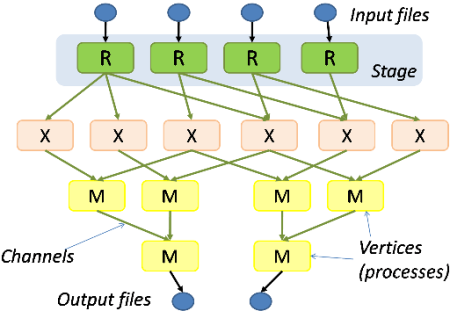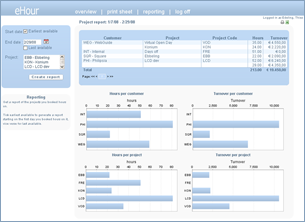1: package com.cdp.proxy.plugins;
2:
3:
4: import java.net.InetSocketAddress;
5: import java.net.Proxy;
6: import java.net.ProxySelector;
7: import java.net.SocketAddress;
8: import java.util.List;
9:
10: /**
11: * Detecting and selecting a proxy
12: *
13: */
14: public class ProxyDetector {
15:
16: private static final String PROXY_PROPERTY = "java.net.useSystemProxies";
17: private final List<Proxy> proxies;
18: private final Proxy proxyToUse;
19:
20: /**
21: * No instances
22: */
23: private ProxyDetector() {
24: this.proxies = initProxies();
25: this.proxyToUse = determineProxy();
26: }
27:
28: /**
29: * ProxyDetectorHolder is loaded on the first execution of ProxyDetector.getInstance()
30: * or the first access to ProxyDetectorHolder.INSTANCE, not before.
31: */
32: private static class ProxyDetectorHolder {
33: private static final ProxyDetector INSTANCE = new ProxyDetector();
34: }
35:
36: /**
37: * @return the instance
38: */
39: public static ProxyDetector getInstance() {
40: return ProxyDetectorHolder.INSTANCE;
41: }
42:
43: /**
44: * Find the proxy, use the property <code>java.net.useSystemProxies</code> to force
45: * the usage of the system proxy. The value of this setting is restored afterwards.
46: *
47: * @return a list of found proxies
48: */
49: private List<Proxy> initProxies() {
50: final String valuePropertyBefore = System.getProperty(PROXY_PROPERTY);
51: try {
52: System.setProperty(PROXY_PROPERTY, "true");
53: return ProxySelector.getDefault().select(new java.net.URI("http://www.google.com"));
54: } catch (Exception e) {
55: // As ProxyDetector is the initial code being executed in main,
56: // we cannot afford any failure. This will make our entire JStock
57: // application crash.
58: // throw new RuntimeException(e);
59: System.out.println(e.getMessage());
60: } finally {
61: if (valuePropertyBefore != null) {
62: System.setProperty(PROXY_PROPERTY, valuePropertyBefore);
63: }
64: }
65: return java.util.Collections.EMPTY_LIST;
66: }
67:
68: /**
69: * Is there a direct connection available? If I return <tt>true</tt> it is not
70: * necessary to detect a proxy address.
71: *
72: * @return <tt>true</tt> if the is a direct connection to the internet
73: */
74: public boolean directConnectionAvailable() {
75: for (Proxy proxy : this.proxies) {
76: if (Proxy.NO_PROXY.equals(proxy)) {
77: return true;
78: }
79: }
80: return false;
81: }
82:
83: /**
84: * @return did we detect a proxy?
85: */
86: public boolean proxyDetected() {
87: return this.proxyToUse != null;
88: }
89:
90: /**
91: * I will determine the right proxy, there might be several proxies
92: * available, but some might not support the HTTP protocol.
93: *
94: * @return a proxy which can be used to access the given url, <tt>null</tt>
95: * if there is no proxy which supports HTTP.
96: */
97: private Proxy determineProxy() {
98: if (!directConnectionAvailable()) {
99: for (Proxy proxy : this.proxies) {
100: if (proxy.type().equals(Proxy.Type.HTTP)) {
101: return proxy;
102: }
103: }
104: }
105: return null;
106: }
107:
108: /**
109: * @return a String representing the hostname of the proxy, <tt>null</tt> if there is no proxy
110: */
111: public String getHostname() {
112: if (this.proxyToUse != null) {
113: final SocketAddress socketAddress = this.proxyToUse.address();
114: if (socketAddress instanceof InetSocketAddress) {
115: InetSocketAddress address = (InetSocketAddress) socketAddress;
116: return address.getHostName();
117: }
118: }
119: return null;
120: }
121:
122: /**
123: * @return the port of the proxy, <tt>-1</tt> if there is no proxy
124: */
125: public int getPort() {
126: if (this.proxyToUse != null) {
127: final SocketAddress socketAddress = this.proxyToUse.address();
128: if (socketAddress instanceof InetSocketAddress) {
129: InetSocketAddress address = (InetSocketAddress) socketAddress;
130: return address.getPort();
131: }
132: }
133: return -1;
134: }
135: }



